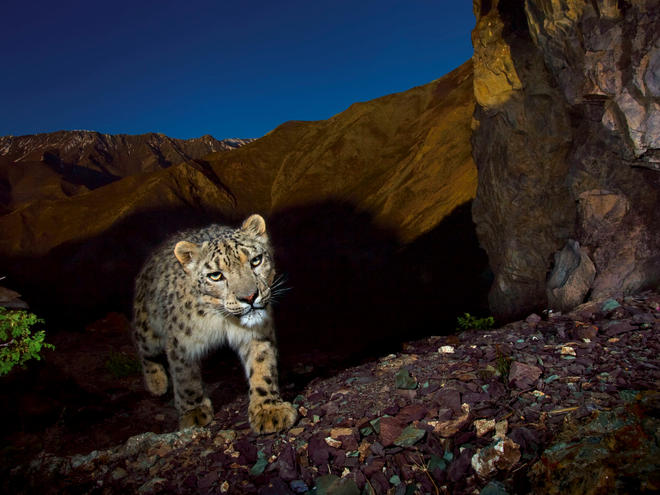Where do snow leopards live? And nine other snow leopard facts
Published by the World Wildlife Fund

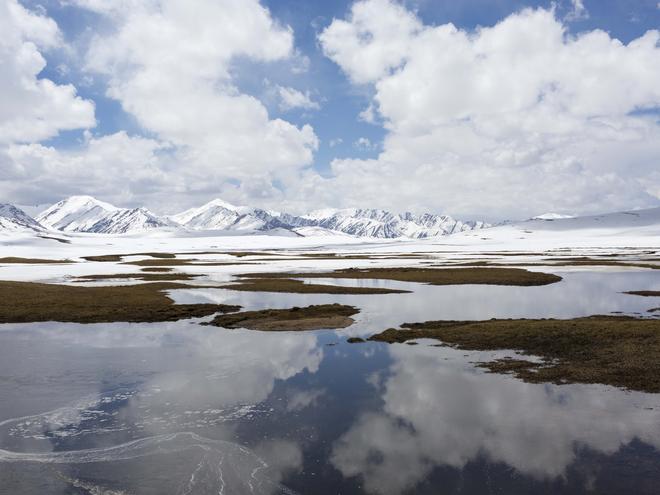
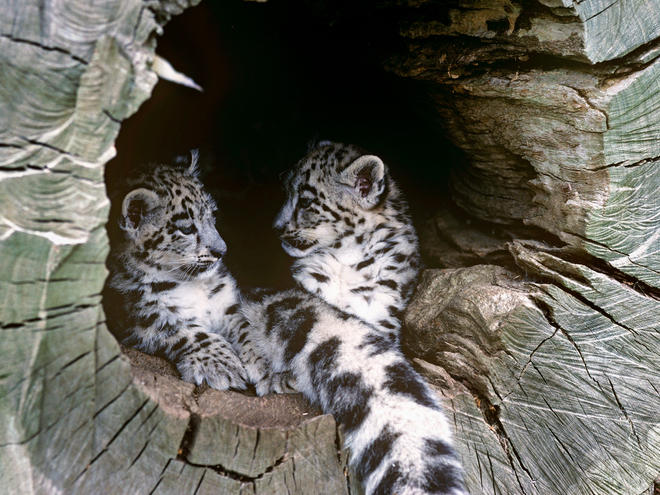
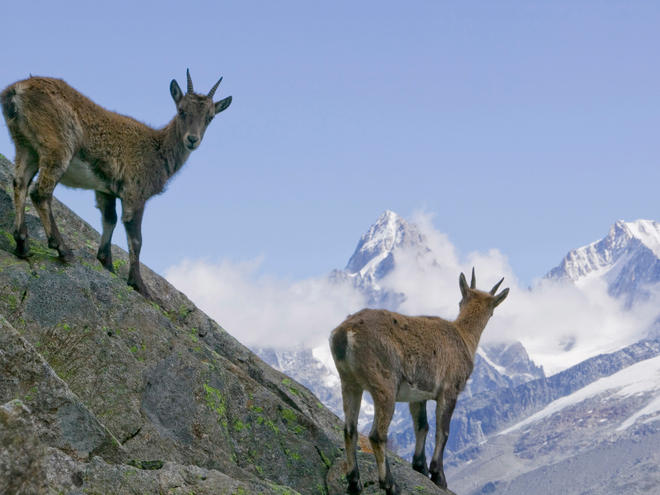
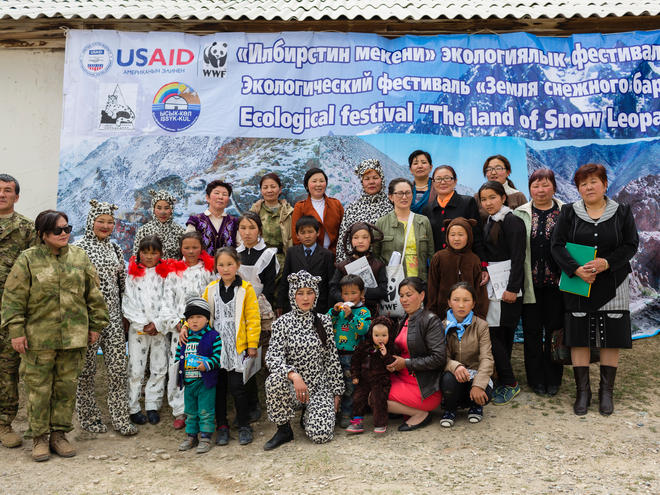
Snow leopards have evolved to live in some of the harshest conditions on Earth. They scale the great, steep slopes of mountains in Central Asia with ease, blending into the landscape. But these majestic, endangered cats face many threats including habitat loss from climate change, reduced prey, poaching, and retaliatory killings.
WWF works to reduce human-leopard conflict, increase anti-poaching efforts, and protect the fragile snow leopard habitat.
Here’s a look at what you should know about the species:
1. Where do snow leopards live?
Snow leopards live across a vast area of northern and central Asia, including the Himalayan Mountains. In the Himalayas, snow leopards live in high alpine areas, mostly above the tree line and up to 18,000 feet in elevation. They are found in 12 countries—including China, Bhutan, Nepal, India, Pakistan, Afghanistan, Russia, and Mongolia.
2. What do snow leopards look like?
Snow leopards have thick grey and yellow-tinged fur, with solid spots on their head, neck and lower limbs and rosettes over the rest of the body. Rosettes are large rings enclosing smaller spots. WWF relies on spot patterns to identify individual snow leopards when conducting camera trap research. Snow leopards also have very long, thick tails that they use for balancing on rocks and wrapping around themselves like a scarf as protection from the cold. Their short forelimbs and long hind limbs make them very agile, and they can jump as much as 50 feet in length. They also have large, furry paws that act as both snow shoes and padding on sharp rocks.
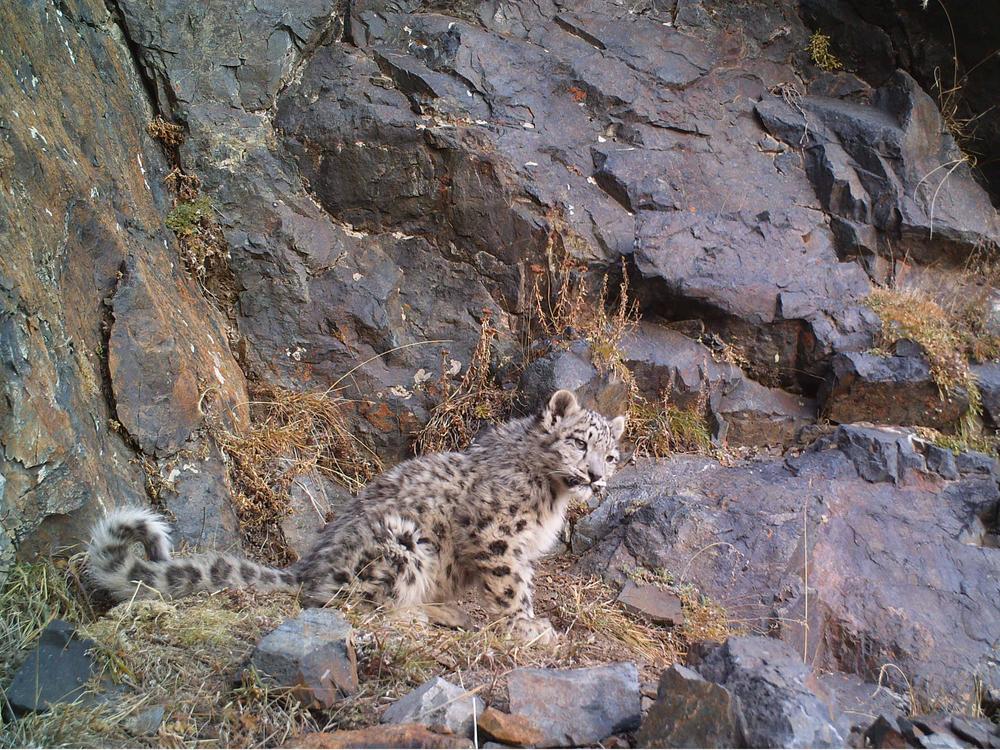 © WWF-Mongolia
© WWF-Mongolia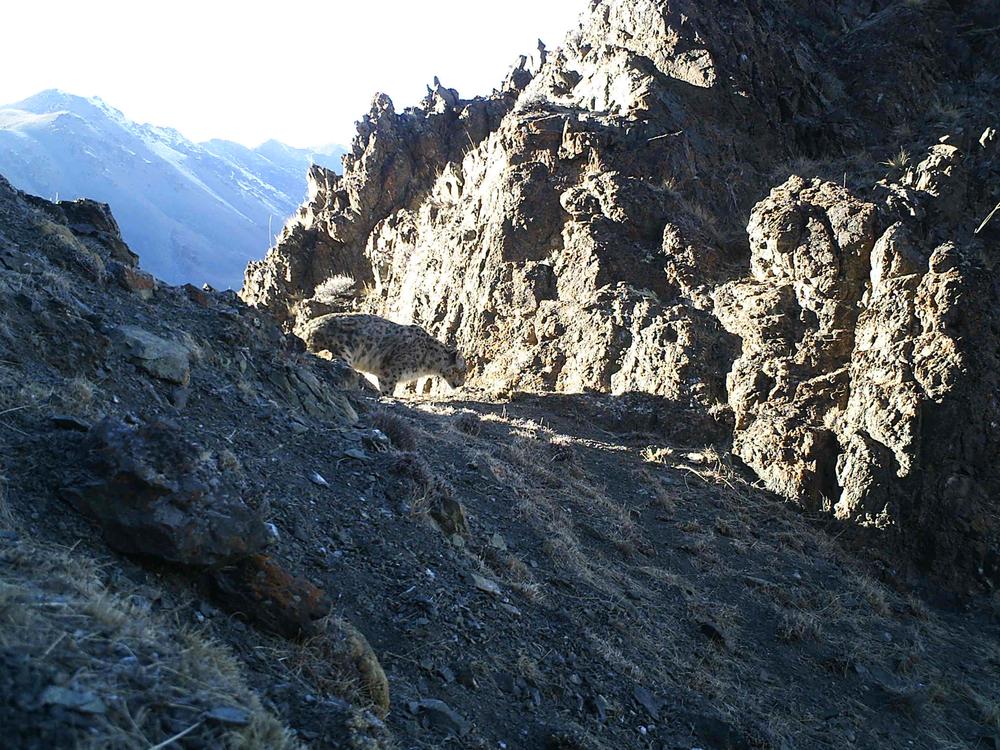 © WWF-Mongolia
© WWF-Mongolia3. Why are snow leopards called “ghost of the mountains”?
Snow leopards are known as the “ghost of the mountains” because of their solitary and elusive nature. Since it is so rare to see two snow leopards together, there actually is no term for a group of snow leopards.
4. How many snow leopards are left in the wild?
There are an estimated 4,080-6,590 snow leopards in the wild. They are listed as endangered by the International Union for Conservation of Nature (IUCN) because their population is suspected to have declined by 20% over the past 16 years.
5. How big are snow leopard litters?
Snow leopards have litters of one to five cubs, but litters are most commonly two to three. The cubs are blind at birth, but already have thick coats. Their eyes open about seven days after they are born, and they are dependent on their mother for at least the next year.
6. Can snow leopards roar?
Unlike other large cats, snow leopards cannot roar. They can mew, growl, yowl and prusten. Prusten, also referred to as chuffing, is a non-threatening vocalization made by blowing through their nose while their mouth is closed.
7. What do snow leopards eat?
Snow leopards are capable of killing prey up to three times their own weight. They eat blue sheep, Argali wild sheep, ibex, marmots, pikas, deer and other small mammals. The animals which snow leopards typically hunt—such as the Argali sheep—are also hunted by local communities. As their natural prey becomes harder to find, snow leopards are often forced to kill livestock for survival, in many cases leading to retaliatory killings of snow leopards by local farmers or herders.
8. What are the biggest threats to snow leopards?
Hunting, habitat loss, retaliatory killings, poaching and climate change are the biggest threats that snow leopards face. Snow leopard habitat range continues to decline from human settlement and increased use of grazing space. Climate change poses perhaps the greatest long-term threat to snow leopards. Impacts from climate change could result in a loss of up to 30% of the snow leopard habitat in the Himalayas alone.
9. Why are snow leopards important?
Snow leopards play a key role as both top predator and as an indicator of the health of their high-altitude habitat. If snow leopards thrive, so will countless other species.
10. What is WWF doing to protect snow leopards?
WWF’s work focuses on reducing human-leopard conflict and rural development, education for sustainable development, stopping mining in fragile snow leopard habitat, and the control of illegal wildlife trade. WWF also works with local communities to curb retaliatory kills by providing innovative solutions to mitigate human-snow leopard conflict.
Read the full article at: http://feedproxy.google.com/~r/WWFStories/~3/z1CqVXSwP6c/where-do-snow-leopards-live-and-nine-other-snow-leopard-facts

